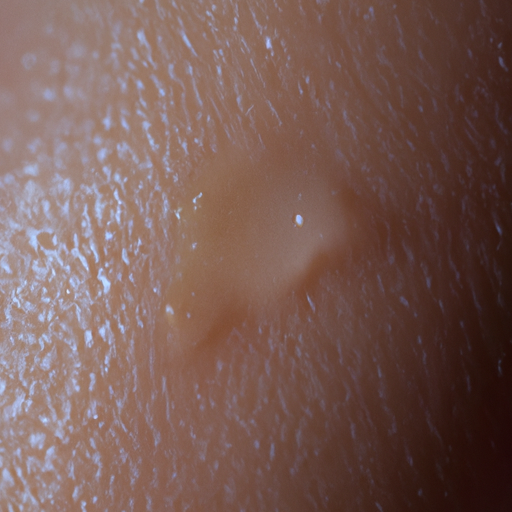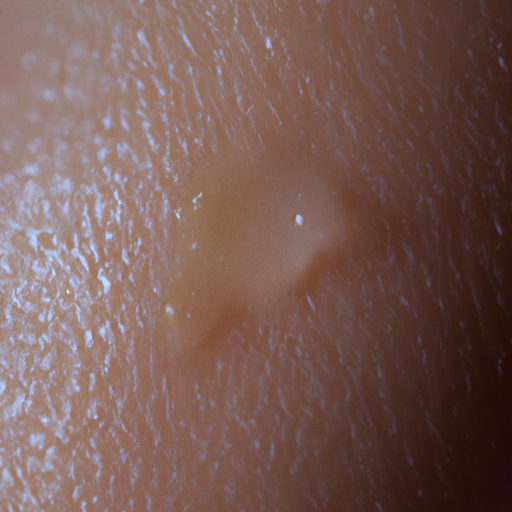As a dermatologist, I have encountered countless patients struggling with oily skin. This skin type is characterized by an overproduction of sebum, the skin’s natural oil, leading to a shiny or greasy appearance. While it can be frustrating, understanding the causes and implementing effective treatment strategies can help manage oily skin. This article aims to unmask the gloss and provide a comprehensive guide to diagnosing and treating oily skin.
The first step in addressing oily skin is understanding its causes. Sebum is not inherently bad; in fact, it helps protect and moisturize your skin and keep your hair shiny and healthy. However, too much sebum can lead to oily skin, clogged pores, and acne breakouts. Several factors can contribute to an overproduction of sebum, including genetics, hormonal changes, stress, and environmental conditions.
Diagnosing oily skin is usually straightforward. It typically presents as a shiny or greasy appearance, particularly in the T-zone (the forehead, nose, and chin). You may also notice enlarged pores and a thick or rough-looking skin texture. In some cases, oily skin can lead to frequent breakouts or develop into conditions like seborrheic dermatitis or rosacea.
Once diagnosed, the next step is treatment. The goal of treating oily skin is not to eliminate all oil but to balance sebum production. Here are some strategies that can help:
1. Gentle Cleansing: Washing your face twice daily with a gentle, water-soluble cleanser can help remove excess oil without stripping your skin of its natural moisture. Avoid harsh soaps or detergents that can irritate your skin and trigger more oil production.
2. Use Oil-free and Non-comedogenic Products: These products are designed not to clog pores or cause acne. They include moisturizers, sunscreens, and makeup.
3. Regular Exfoliation: This helps remove dead skin cells that can clog pores and increase oil production. However, avoid aggressive scrubbing, which can irritate the skin and make oiliness worse.
4. Topical Retinoids: These vitamin A derivatives can help reduce oil production and prevent clogged pores. They are available both over-the-counter and by prescription.
5. Oral Medications: In severe cases, oral medications like isotretinoin or hormonal treatments may be recommended.
6. In-office Treatments: Procedures such as chemical peels, laser treatments, or photodynamic therapy can help reduce oil production and improve the appearance of oily skin.
Remember, everyone’s skin is unique, and what works for one person may not work for another. It’s essential to consult with a dermatologist or skincare professional who can provide personalized advice based on your skin type, lifestyle, and overall health.
In conclusion, while managing oily skin can be challenging, understanding its causes and implementing effective treatment strategies can significantly improve your skin’s appearance and health. With the right care, you can transform your oily skin into a glowing complexion.




